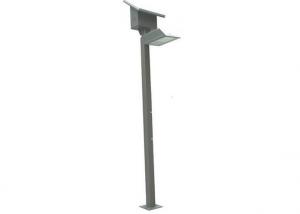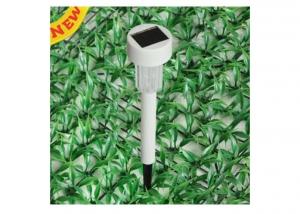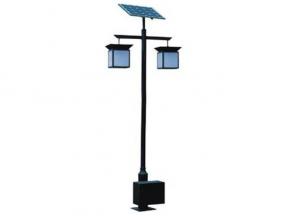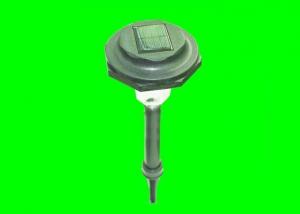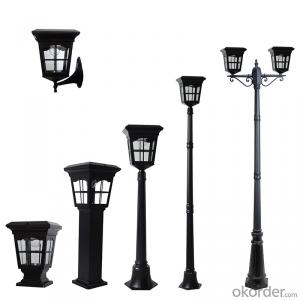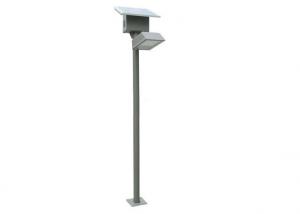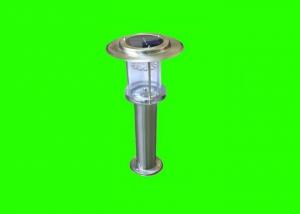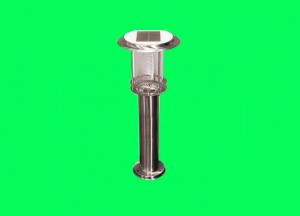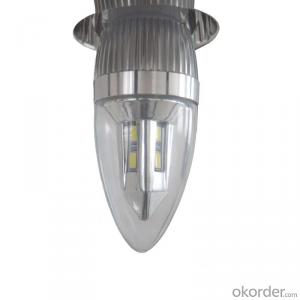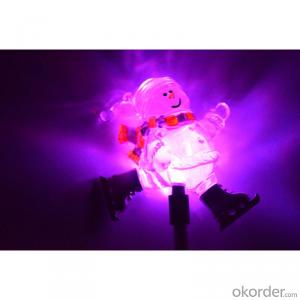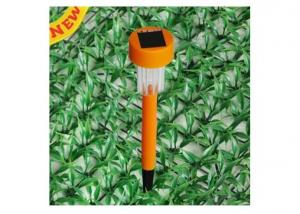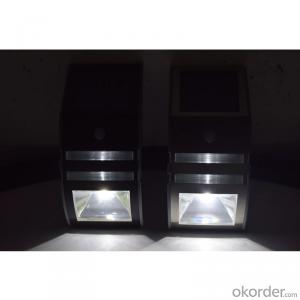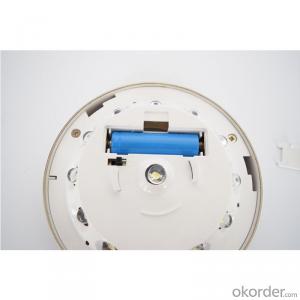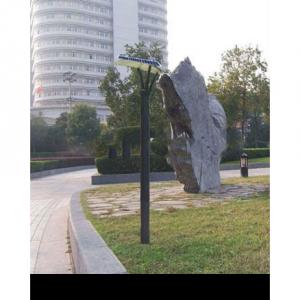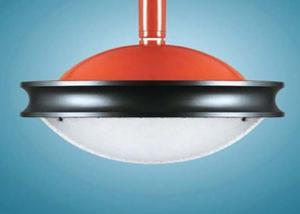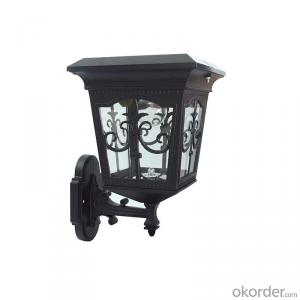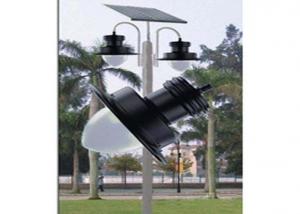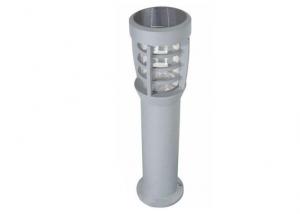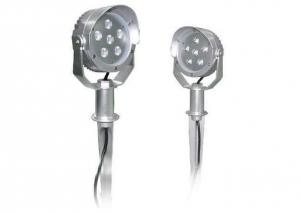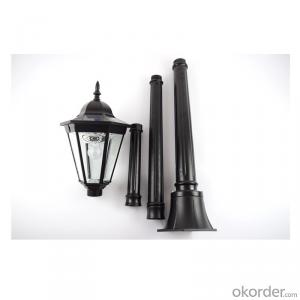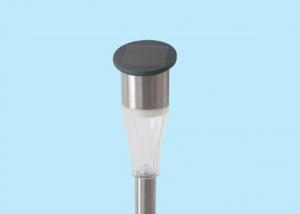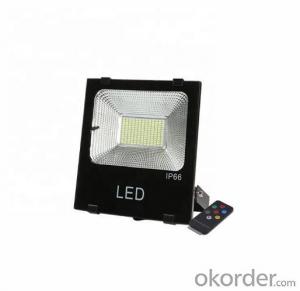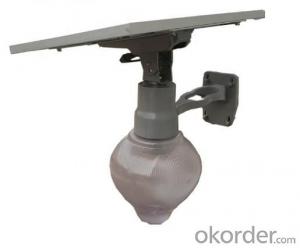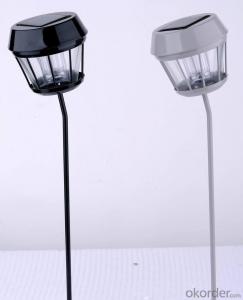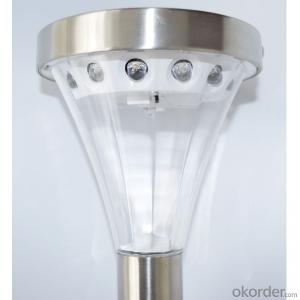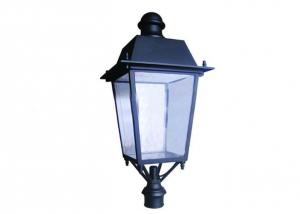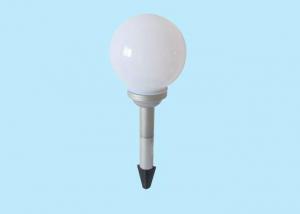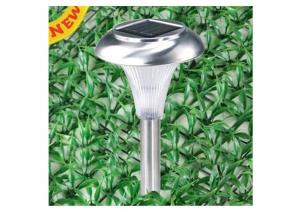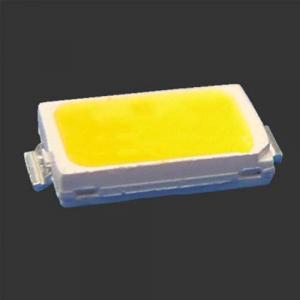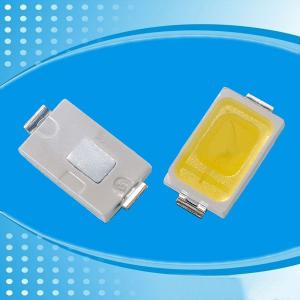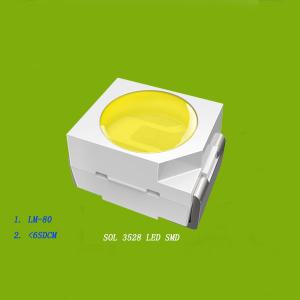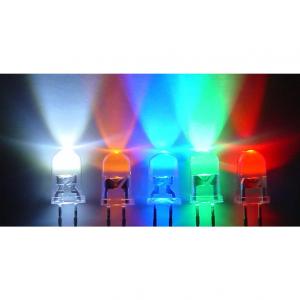Garden Solar Wall Lights
Garden Solar Wall Lights Related Searches
Garden Wall Solar Lights Solar Garden Lights Solar Garden Light Bulbs Garden Solar Spot Lights Garden Post Solar Lights Next Solar Garden Lights Solar Ball Lights Garden Solar Spot Lights Garden Lights For Indoor Garden Wireless Garden Lighting Exterior Wall Led Lights Solar Panel Decking Lights Modern Glass Wall Lights Led Outside Lights Solar Electric Garden Lanterns Led Indoor Garden Lights Led Garden Lighting Solar Light Bulb Outdoor Sitting Room Wall Lights Hanging Solar Lights For Trees Dimmable Led Wall Lights Electric Garden Post Lights Led Dimmable Wall Lights Lights For Bedroom Walls Small Led Outdoor Lights Decorative Solar Lantern Wall Lights For Bedrooms Switched Led Wall Lights Outside Lights For Patio Led Internal Wall LightsGarden Solar Wall Lights Supplier & Manufacturer from China
Garden Solar Wall Lights are eco-friendly outdoor lighting fixtures that utilize solar energy to illuminate pathways, gardens, and other outdoor spaces. These lights are designed to be both energy-efficient and cost-effective, as they harness the power of the sun during the day and automatically turn on at night to provide ambient lighting. The solar panels on these lights charge during daylight hours, storing energy in built-in batteries that power the lights throughout the evening.Garden Solar Wall Lights are versatile and can be used in a variety of settings, from residential homes to commercial properties. They are ideal for illuminating walkways, patios, and garden beds, as well as for accentuating architectural features and landscape elements. These lights are also perfect for areas where electrical wiring is not readily available, making them a convenient and practical solution for outdoor lighting needs.
Okorder.com is a leading wholesale supplier of Garden Solar Wall Lights, offering a wide range of options to suit different tastes and requirements. With a large inventory of high-quality products, Okorder.com ensures that customers have access to the latest designs and technologies in solar-powered outdoor lighting. By partnering with Okorder.com, customers can benefit from competitive prices and reliable service, making it a trusted source for Garden Solar Wall Lights.
Hot Products
